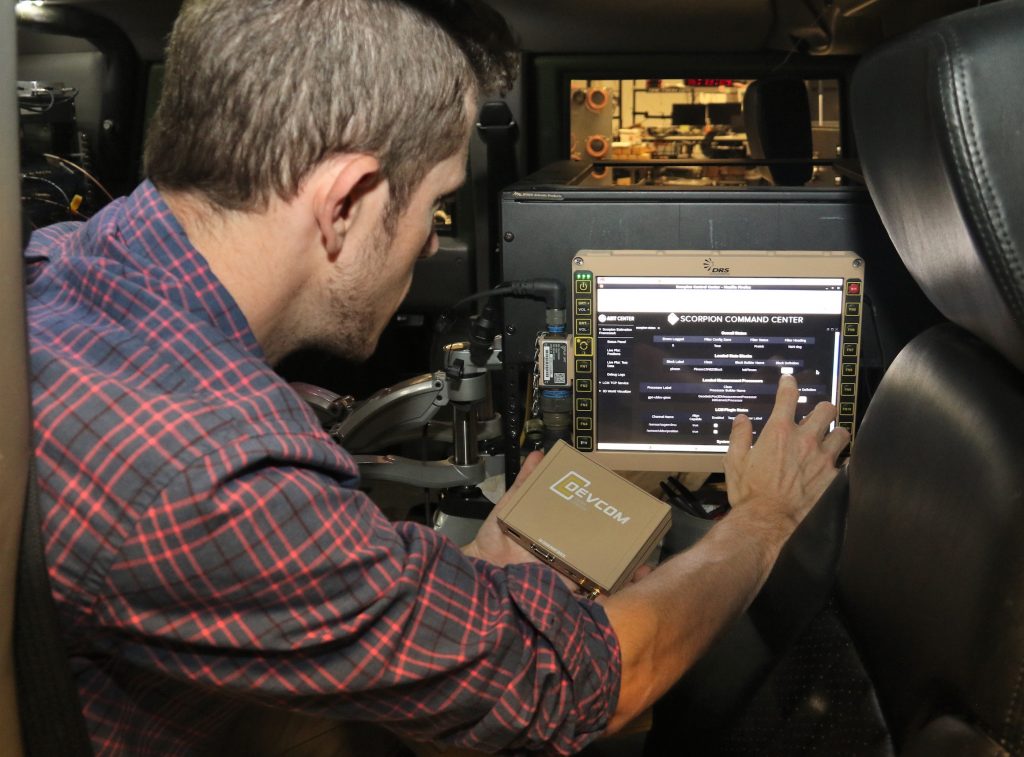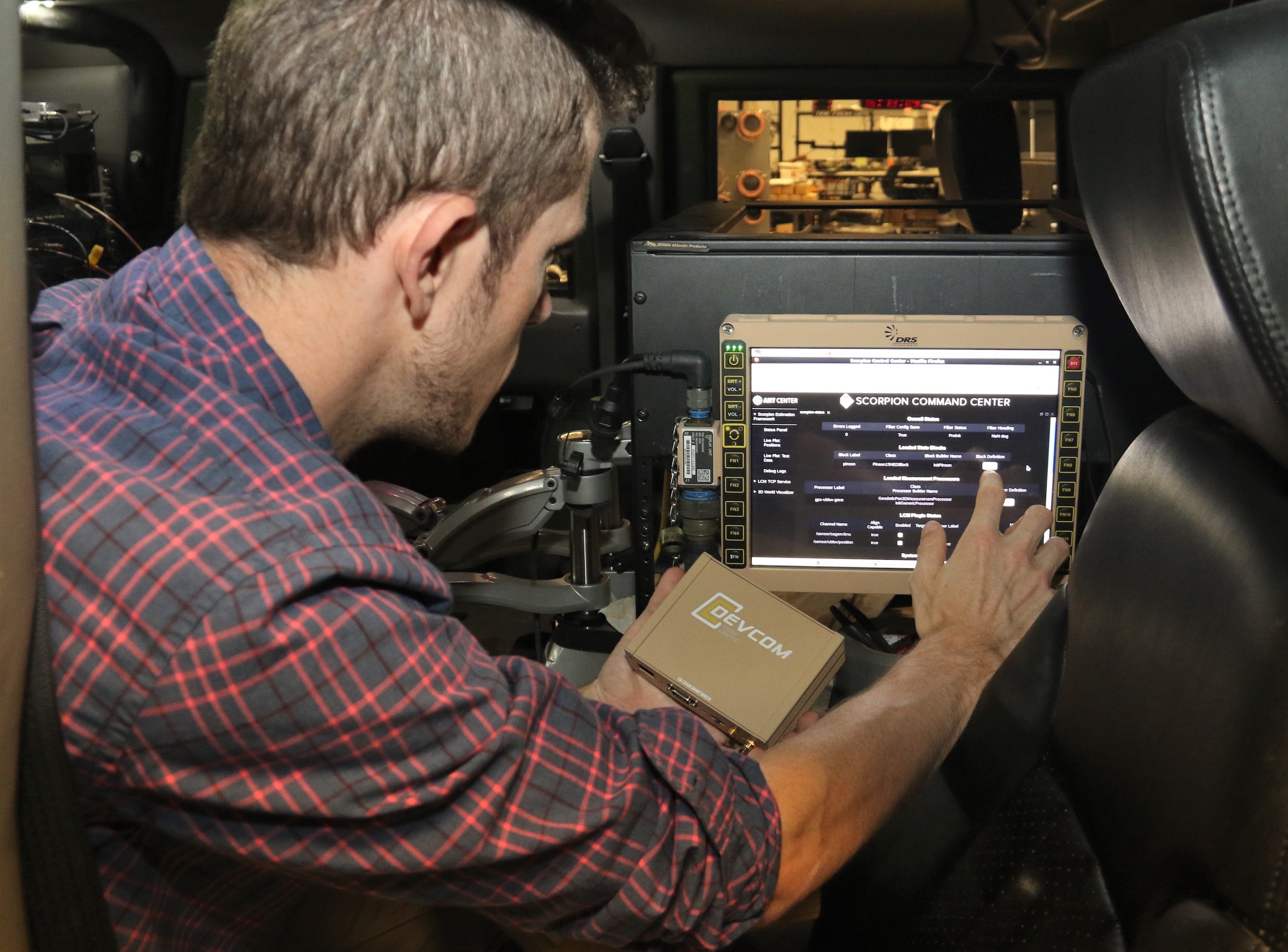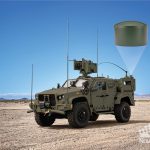
The U.S. Army is reaching out to industry for the advanced inertial measurement unit (IMU) and timing technology it needs to support warfighters when GPS is unavailable or compromised. Army officials are particularly interested in new algorithms, technology to shrink the size, cost and power requirements of highly capable timing devices and IMUs and ways to boost the capabilities of timing sources and IMUs crafted originally for less demanding commercial applications.
To better learn what might be available from private sector innovators the army is holding an Industry Day event October 29-30 in Huntsville, Alabama. Researchers in the army’s C5ISR Center at Aberdeen Proving Ground in Maryland have also established a relationship with the Army Applications Lab (AAL) in Austin, Texas as another channel to help it connect with researchers, start-ups and other developers — including those whose technology may be able to cross over from unexpected places.
“The primary interest here is to understand what industry has done over the last several years in the area of IMUs and understand what’s the level of technology out there,” said Adam Schofield, the overall technical expert for position, navigation and timing (PNT) research at the C5ISR Center. C5ISR stands for Command, Control, Computers, Communications, Cyber, Intelligence, Surveillance and Reconnaissance. The Center is part of the Army’s Combat Capabilities Development Command.
Schofield said the Center is also looking for similar advances in timing devices to help equipment hold GPS-level time for as long as possible. “One of the things that the army is really trying to understand is what are the timing requirements for existing systems and then trying to understand — if we had better time, if we had really good clocks and really good time synchronization — what are some of the capabilities that we can now do that we couldn’t do without that good time?”
For example, Schofield said, the army has satellite and terrestrial radio communication networks “that all need to have some level of time synchronization in order for you to join the network and then, once I’m on the network, stay on the network.”
Being able to maintain really good time also helps warfighters thwart GPS spoofing by having something distinct and reliable to compare to incoming satnav signals. Time data from a really good, independent timing resource can be compared to the timing from GPS or other RF (radio frequency) signals to help determine if those signals are reliable.
‘It goes back to that assurance piece of how do I know what signals to trust,” said Schofield.
The timing accuracy needed to support army equipment depends on the application, said Schofield. The army is studying how to integrate atomic clocks and other options like using signals of opportunity from other sources — even sources as far flung as pulsars.
The key thing on the technology wish list, however, is better SWAP — that is squeezing down the size, weight and power needed by any IMU, clock or other element in a military receiver.
“We always want it smaller, cheaper, less power, lower cost, especially if you’re talking for dismounted applications where SWAP is really critical,” said Schofield.
With IMU’s the army is taking a two-pronged approach to this, said Schofield. “How do I take existing lower performing sensors then, by design improvements, make them better performing? And then how do I take these larger quantum (atomic) and even FOG (fiber optic gyro) and RLG (ring laser gyro) type systems and maintain their really good performance but shrink them down in size.”
During the industry day event the Army will brief members of the commercial sector and hear invited presentations from those attendees who responded to the solicitation’s request for information. Those interested in participating in the industry event and perhaps giving a presentation on their technology must respond by Tuesday October 22. More information including a registration link can be found online at Fed Biz Opps at FBO.gov under solicitations AFC_APNT_CFT_01 and AFC_APNT_CFT_2.
Once an intriguing technology is identified the Army is prepared to move with contracts based on OTA (other transactional authority) to fund work quickly, said Mike Caporellie, the team lead for the Modular GPS Independent Sensors project, which supports the army’s developing open standards architecture. Open standards will enable new technology to be more speedily integrated and updated.
“There’s been a big push with AFC (Army Futures Command) to expand the reach beyond traditional defense contractors,” said Schofield, “and that’s exactly what we’re trying to do here. If we have standard interfaces, anyone can develop an algorithm and plug into our architecture and we can use it. That’s the future we’re trying to enable to where anybody can provide an assured PNT capability.”





